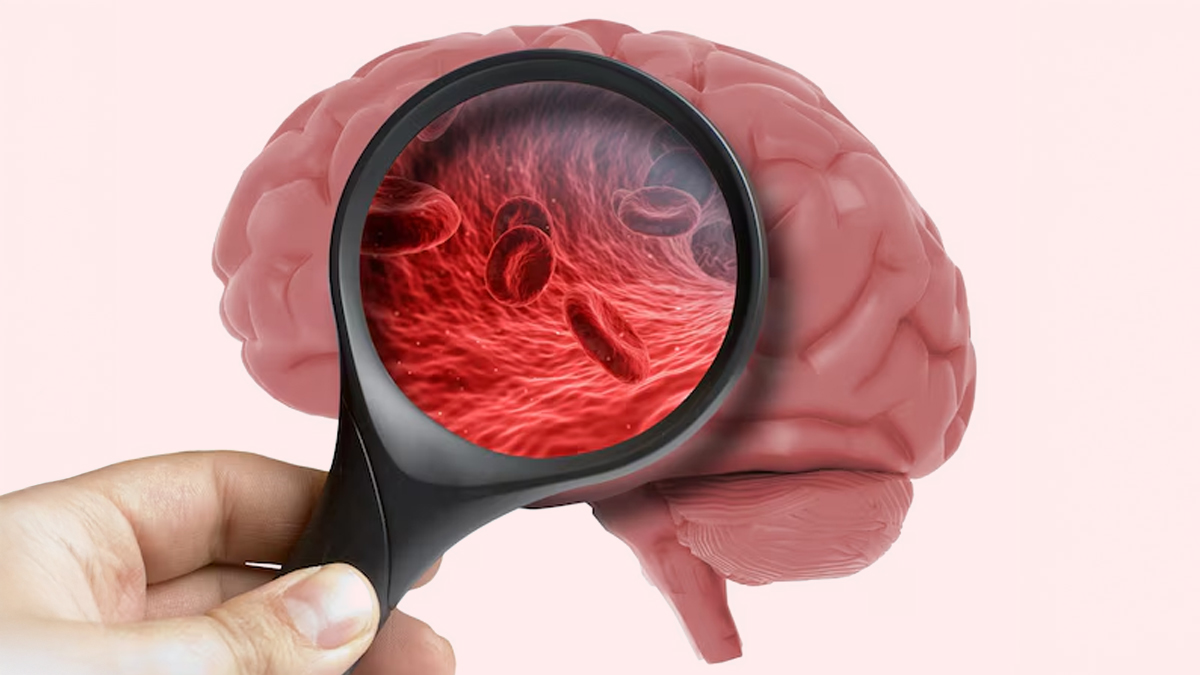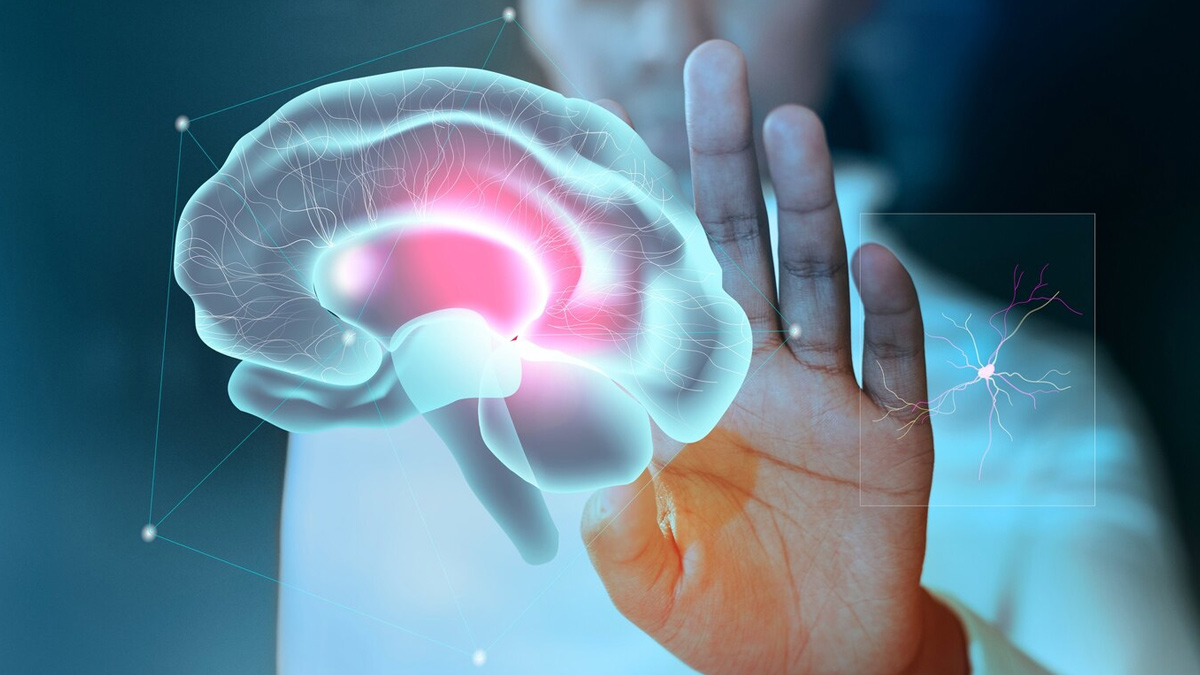
When people say they experienced a mini stroke, they've usually had a Transient Ischaemic Attack (TIA), which is a temporary blockage in the blood flow to part of the brain. Stroke-like symptoms may result from this, typically resolving within 24 hours, but it's important to take it seriously.
Table of Content:-
Speaking with the OnlyMyHealth team, Dr Aditya Gupta, Chairperson - Neurosurgery and CNS Radiosurgery and Co-Chief - Cyberknife Centre, Artemis Hospitals, Gurugram, explained what a mini stroke may feel like, how it differs from a regular stroke, and shared effective tips to manage the condition immediately.
Also Read: Can HIIT Workouts Cause Stroke? Expert Shares Insights
What Is A Mini Stroke?

A mini-stroke, or TIA, is a brief interruption of brain blood flow that causes stroke-like symptoms lasting 24 hours or less without causing permanent injury, explains Dr Gupta.
TIAs are caused by a temporary ischaemic event, usually by a blood clot or temporary constriction of a blood vessel supplying the brain.
The Medscape reports that the annual incidence of TIA, or mini stroke, worldwide is around 0.42–1.22 per 1000 person-years. This means that for every 1,000 individuals observed for a year, fewer than two people are expected to experience a TIA.
The most common symptoms are sudden weakness, numbness, slurred speech, visual disturbances, and loss of balance, usually for a few minutes to hours.
How Is A Mini Stroke Different From A Regular Stroke?

“A full stroke haemorrhagic or ischaemic causes long-term cerebral ischaemia or bleeding in the brain, which will result in permanent brain damage or disability. Unlike a TIA, stroke symptoms persist beyond 24 hours and may require long-term rehabilitation,” says Dr Gupta.
He adds that a TIA is also referred to as an indication of a future stroke and thus, immediate medical assessment to avert a further, more serious cerebrovascular accident. Prompt treatment, including medication and changes in lifestyle, drastically reduces the risk of stroke.
Warning Signs Of A Mini Stroke
When it comes to a mini-stroke, the most important symptoms are unilateral weakness or numbness, especially in the face, arm, or leg; slurred speech; transient loss of vision; dizziness; loss of coordination; and sudden confusion.
According to Dr Gupta, these symptoms usually last for a few minutes to hours. A TIA is an initial warning of an imminent ischaemic stroke, which needs immediate medical assessment to avoid permanent neurological damage.
Also Read: Expert Unveils Uncommon Symptoms of Clogged Arteries You Should Know
Why You Should Not Take A Mini Stroke Lightly

Dr Gupta says that a mini-stroke never has to be neglected, as it is often an indicator of a subsequent big stroke.
“Though symptoms of a TIA will subside in 24 hours without leaving behind permanent damage, it means that the brain's blood supply was temporarily blocked, and it can later cause a complete ischaemic stroke if not treated,” he elaborates.
Medical assessment following a TIA may reveal underlying conditions such as high blood pressure, diabetes, or atrial fibrillation, which are stroke risk factors.
Research indicates that roughly one in three individuals who have a TIA will have a full stroke within a year, with the greatest risk occurring within the first 48 hours.
Immediate Steps To Take In The Event Of A Stroke
Following a mini-stroke, it is crucial to seek immediate medical care even when the symptoms are gone.
Dr Gupta advises people to take tests such as a brain MRI, CT scan, or carotid ultrasound to see if any underlying problems are present. The symptoms should not be dismissed because a mini stroke is often a warning sign of a major future stroke.
Prescribed medications such as blood thinners, medications that lower cholesterol, or medications to control high blood pressure must be followed. Practising a healthy lifestyle, e.g., proper diet, regular exercise, and control of diabetes or heart diseases—substantially lowers the risk of stroke.
Final Word
Dr Gupta concludes that early treatment of a mini stroke can avoid long-term complications. He explains that although a mini stroke may not cause immediate permanent damage, it is a warning sign of an impending major stroke. Prompt medical evaluation, lifestyle changes, and appropriate treatment can significantly reduce the risk of future strokes. Additionally, identifying and addressing underlying risk factors like diabetes, smoking, and heart disease can further improve outcomes.
Also watch this video
How we keep this article up to date:
We work with experts and keep a close eye on the latest in health and wellness. Whenever there is a new research or helpful information, we update our articles with accurate and useful advice.
Current Version
